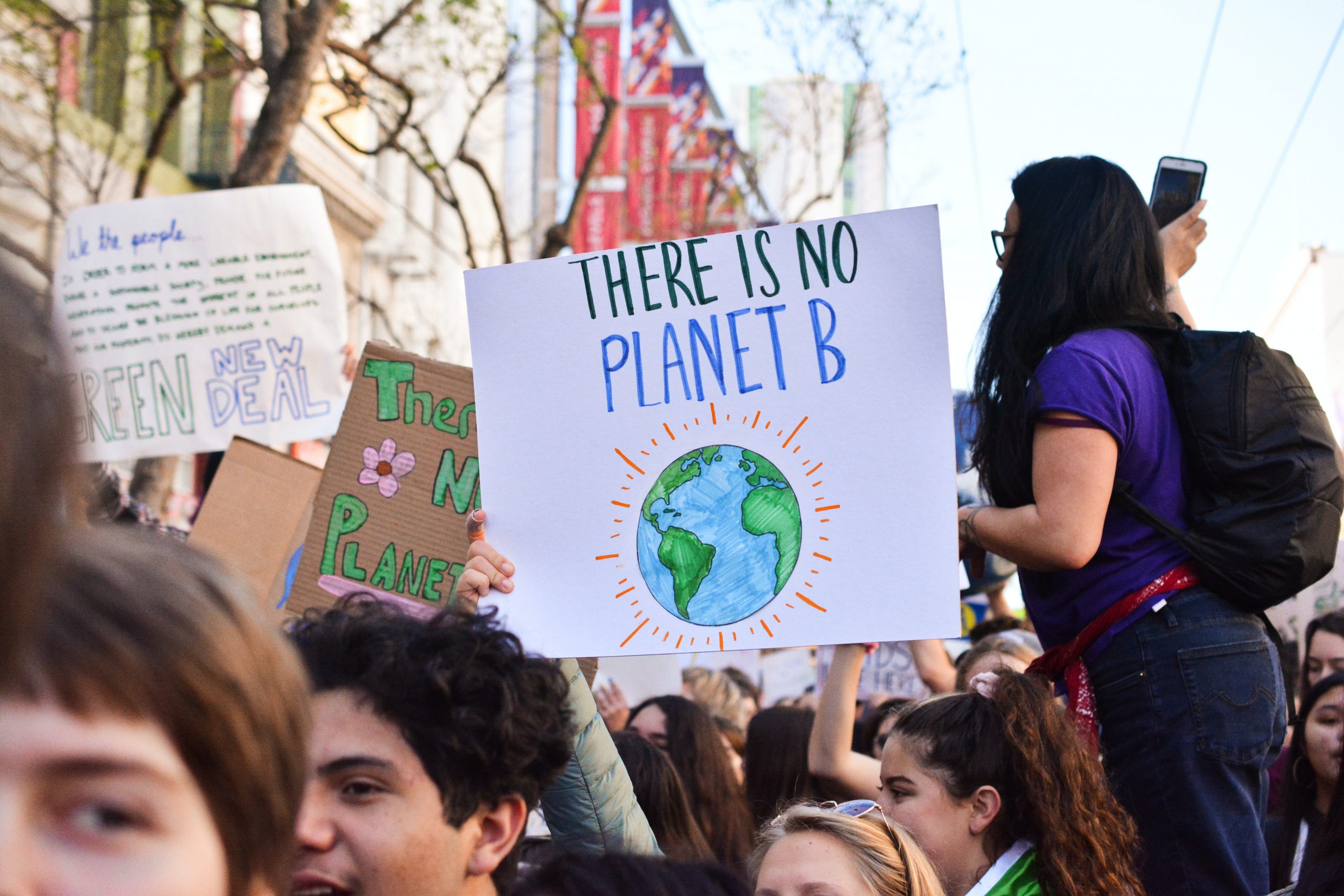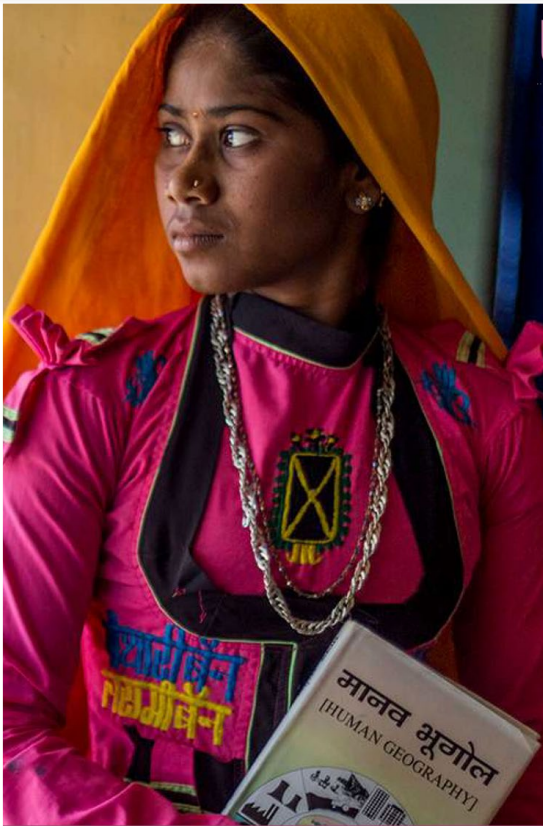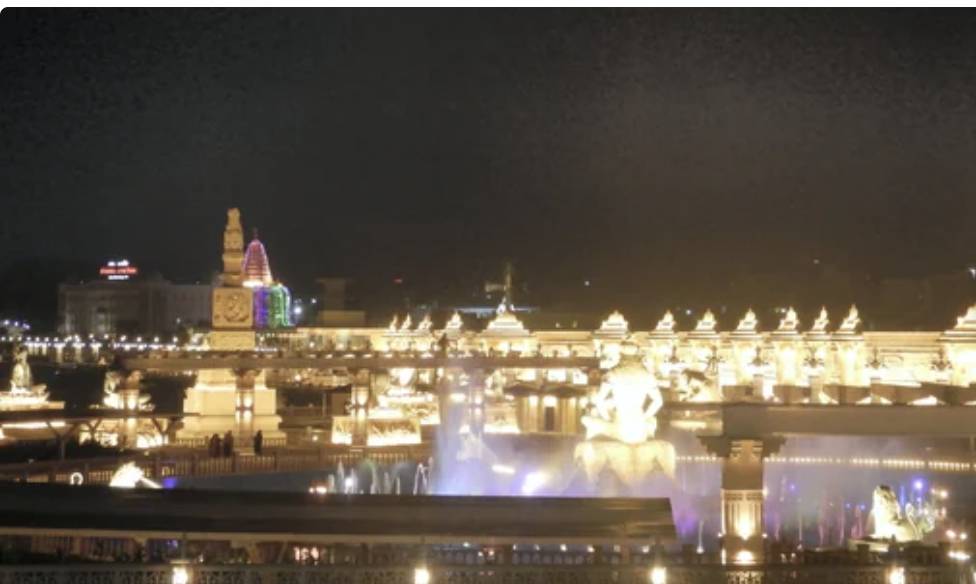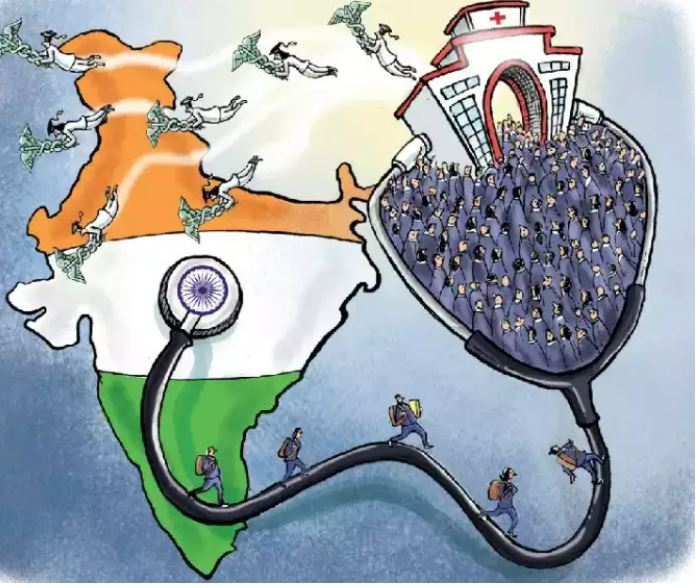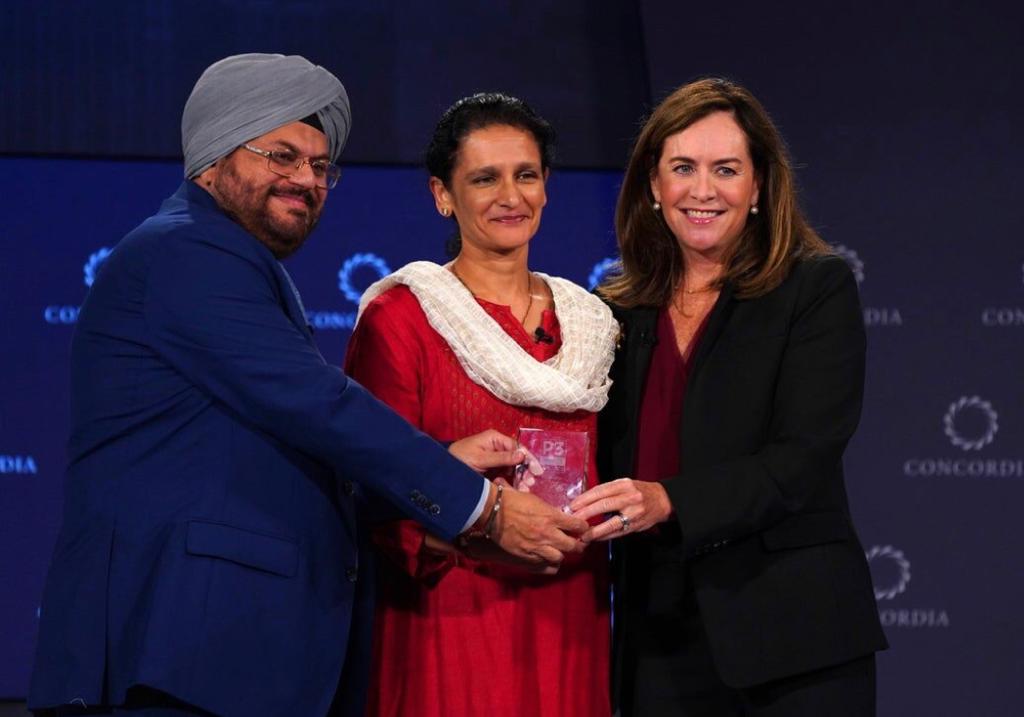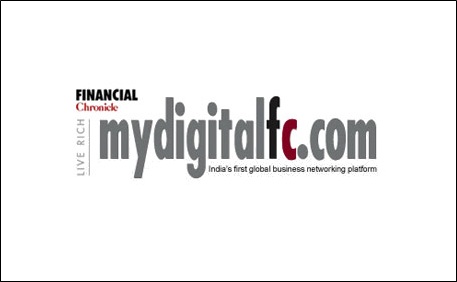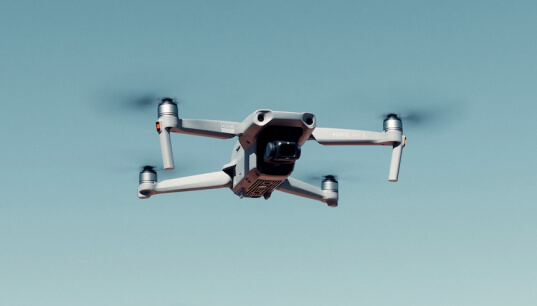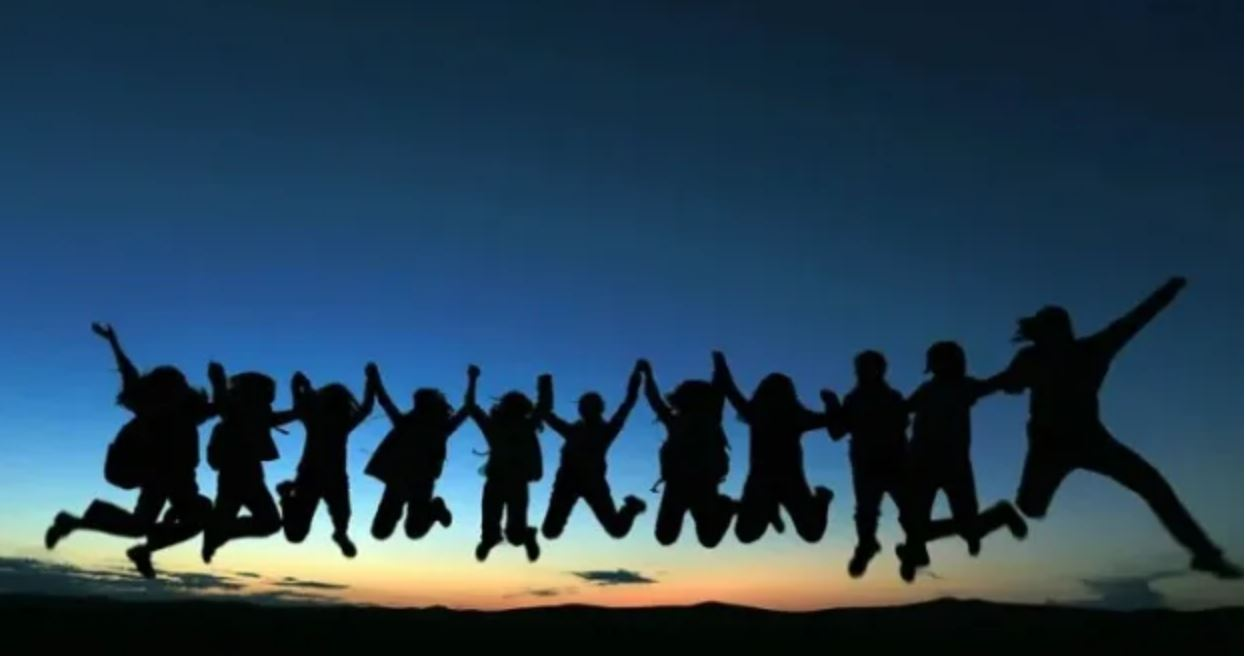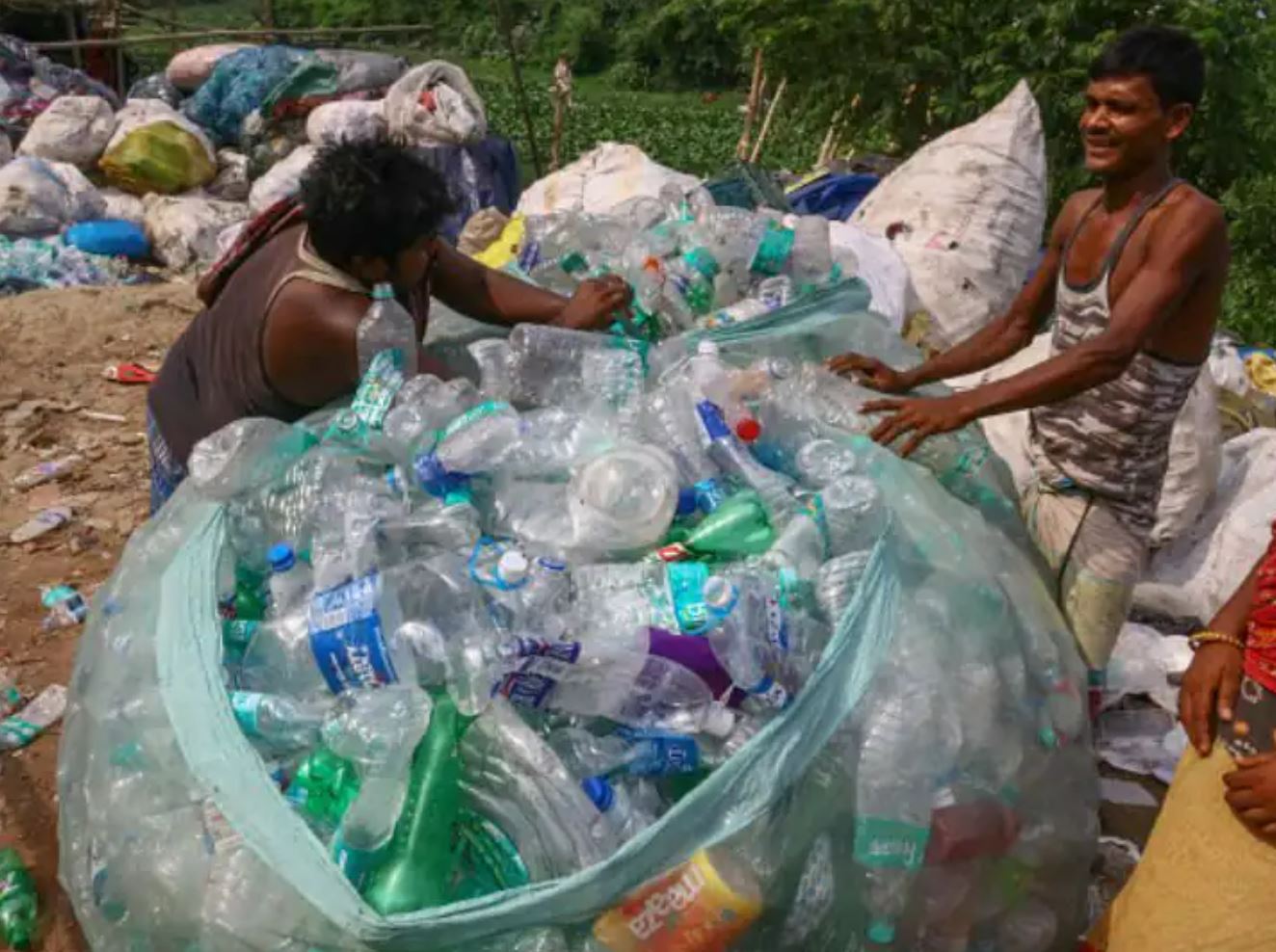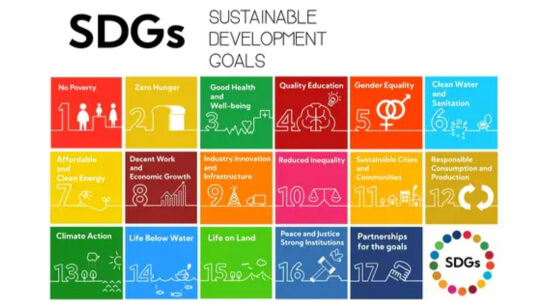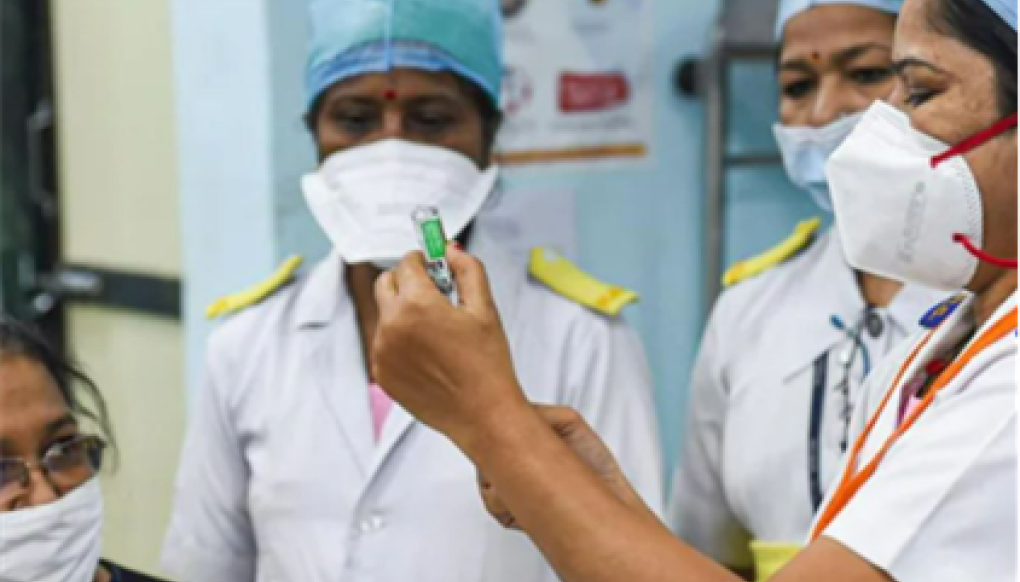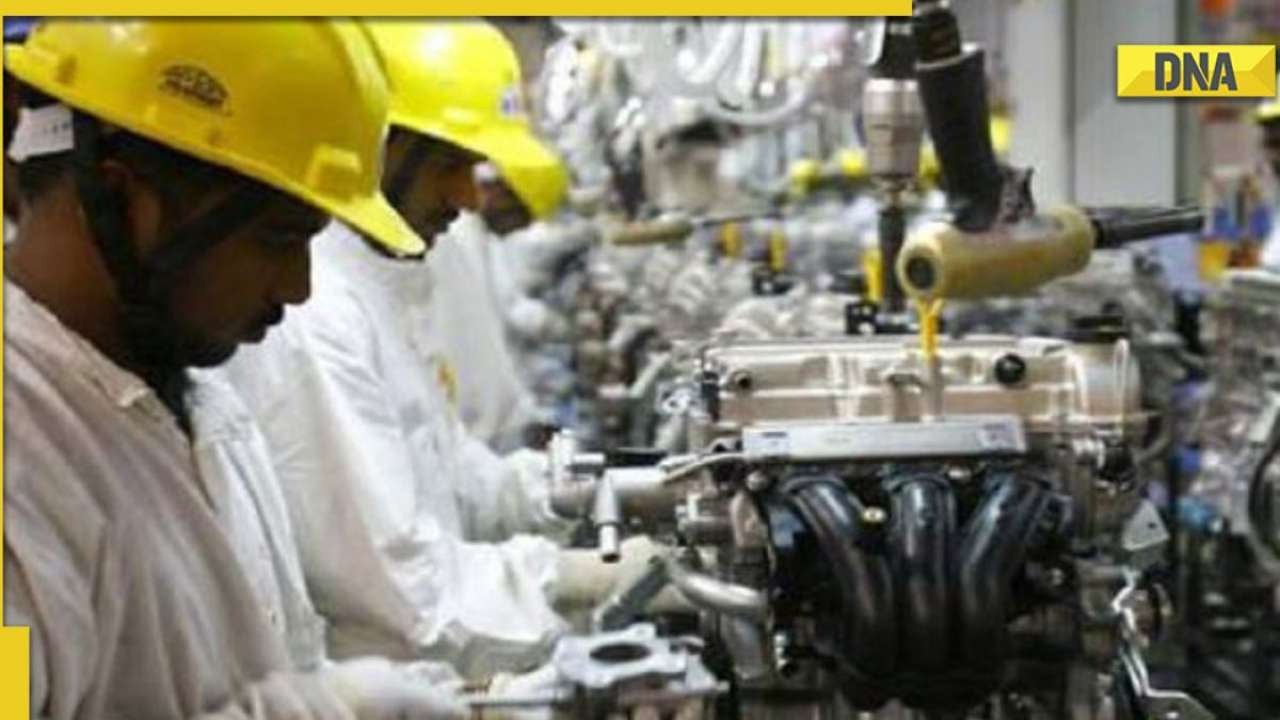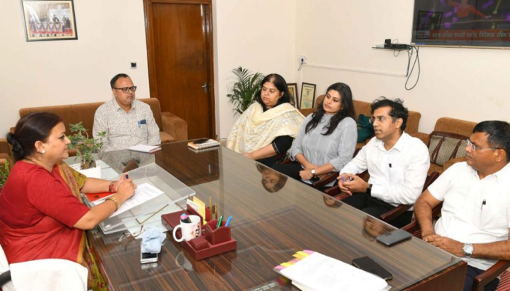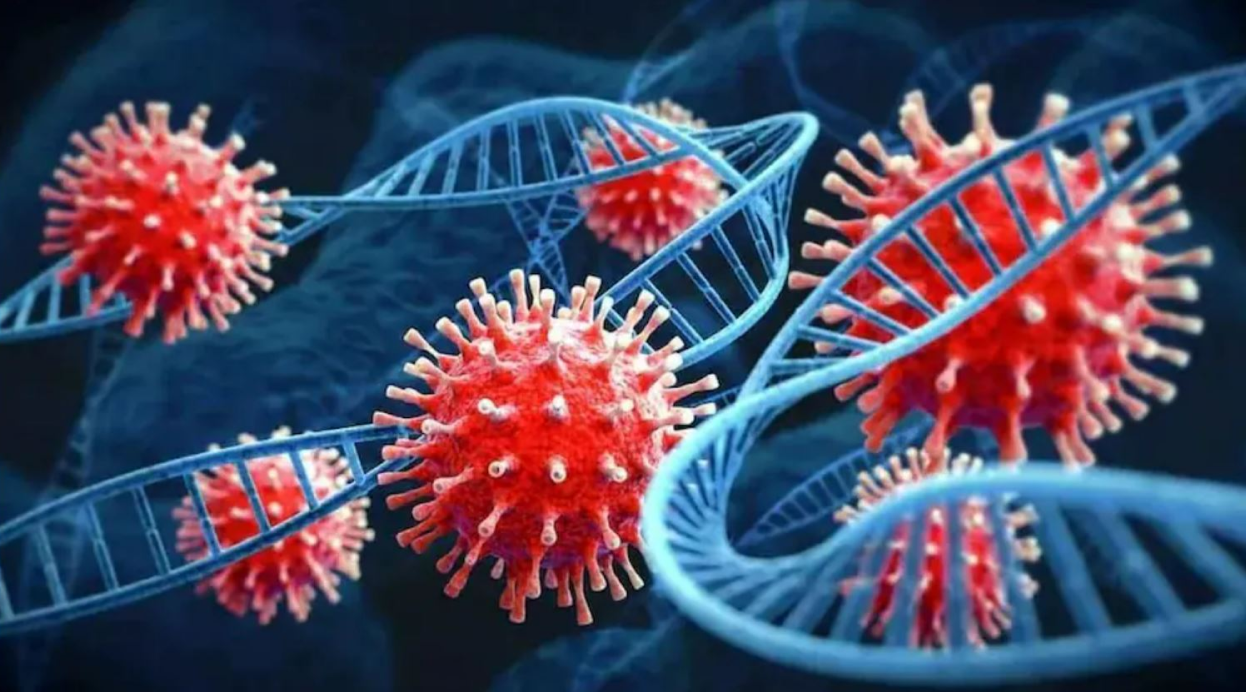On Tuesday, the India Meteorological Department (IMD) announced that crucial monsoon rains are expected to be above average in 2016, easing fears over farm and economic growth after two straight droughts hit rural incomes and agricultural output.
In an interview with HT, Policy Lead at IPE Global and co-author of ‘Reflections on Managing Water, Earth’s Greatest Natural Resource’ Indira Khurana says that a good monsoon will not wash away our water woes unless we must make it a point to harvest every drop and that India must first acknowledge that there is a problem in our water management policies.
The monsoon forecast is good. What needs to be done to ensure that we benefit from the bounty?
Indira Khurana: Respect, appreciate and celebrate the monsoon. Don’t let the water go waste. Before the rains, all of us need to be involved in some activity that will help capture the rains. The crisis that is facing so many of us should be unacceptable as it is avoidable. We need to invest quickly in efforts that lead to lasting returns and not lead to more rounds of investments [such as water trains] for addressing emergencies.With the number of rainy days also declining, water conservation becomes all the more imperative.
India has loads of traditional knowledge on water harvesting and yet we cannot manage water. Why?
IK: Every ecological region of India had its own traditional water harvesting system. Unfortunately these have declined to almost non-existent levels over the past few decades due to reasons that vary from a scant regard for water, to destruction of catchments, construction and infrastructure development activities and a disregard of common resources.
Look at Bundelkhand and its tradition of Bundela and Chandela tanks. People are migrating from the region due to lack of even drinking water. Fields are barren and kitchens are empty. Springs were used as water sources in Jharkhand and Odisha. Due to deforestation these are running dry.
Mapping of urban lakes and other surface water bodies in Bangalore, Hyderabad, Udaipur, Delhi and other cities indicate that these are shrinking and even completely drying up.
What is the problem with India’s water management?
IK: On the macro scale, we need to first acknowledge that there is a problem in our water management so that we can then go on to tackle the problem.
We cannot continue to bury our head in the sand and offer piecemeal solutions. We need to review our policies and programmes, identify the flaws and then move onto finding solutions to these flaws or new solutions.
We don’t even have consensus on the actual amount of utilisable water available. Two government estimates reveal two different figures, one almost half the other. We must arrive at a consensus as to how much water India actually has so that its allocations can be done accurately , sustainably and equitably
Water quality is a disaster waiting to happen. Almost half the groundwater reserves are polluted. This has great implication on health, well-being and GDP.
Economic activity is not always in line with water availability. In Bundelkand, for example, many of the industries proposed are water intensive. How can water bottling companies set up plants in places already water stressed? Water does not come from a bottomless pit.
Can we end this over dependence on monsoon by extending irrigation?
IK: Irrigation can only take care of the agriculture requirements. What about the other needs of domestic water and industry and power generation? Also, evidence indicates that over the years there has been a decline in the capacity of these systems. While investments on surface irrigation have gone up, dependency on groundwater for irrigation have also gone up.
The dependency on monsoon will never end completely. But yes, it is possible to cope with erratic monsoon, a requirement now with the evidence of the effect of climate change.
We must create water banks (I don’t mean dams).
Directing rainwater to aquifers takes care of excess and less water. Sustained efforts at recharge can help develop a balance between surface and groundwater, where rivers become perennial and the riverbeds serve as areas for groundwater recharge.
The industry must also play an active and responsible role by mapping their water footprint and then taking measures to reduce it. The pollution they cause must be treated.
India also needs to nurture innovation in the water sector.
What are the good community-led water initiatives that we should take note of?
IK: Fortunately there are several such efforts that are beacons of hope. Communities in Andhra Pradesh are involved in participatory groundwater management where at the village-level decisions are taken on cropping patterns.
Through the Jan Jal Jodo Abhiyan, a voluntary people’s campaign, concerned groups are mapping water bodies and engaging with the government and the people to revive traditional water harvesting structures and rivers.
In Bundelkhand, Jal sahelis are taking care of drinking water supply and management of emergency tanker water supply.
Groups in Bihar are reviving the traditional ‘ahar pyne’ system in drought-prone districts of the state.
The country is large and diverse. There would be no state where even one effort or solution does not exist. These examples need to spread laterally.
How can urban India overcome its water challenges?
IK: The urban population is largely insensitive. Consistent efforts to sensitise and rebuild the relationship with water is required. Cities and towns must become water independent through efforts directed at reducing demand, using wastewater capturing rain for groundwater recharge and revival of surface water bodies. Riverbeds offer tremendous scope as recharge zones and these need to be explored.
There is hope. We need to get working.





